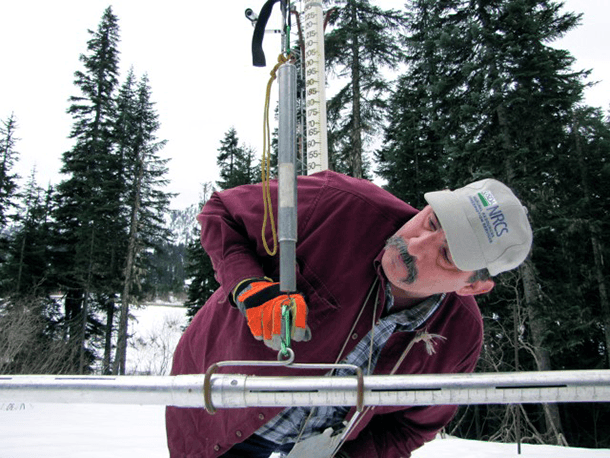Snake River
Record-low snowpack in Pacific Northwest could be ‘dress rehearsal’ for climate change
Low levels of snow melt in California and the Pacific Northwest could be harbinger of things to come, but one expert says the silver lining is that it gives officials a way to examine and prepare for global warming.
Snake Crossing
Forest Service road 345 is the only road in the U.S. that closes not for foot traffic, but snake crossings. The road lies smack in the middle of the reptiles’ yearly migration route. Host Steve Curwood talks with herpetologist Scott Ballard about just how heavy this snake traffic can get.
Point of No Return, Part 1: A River Tamed
Producer Sandy Tolan travels the Columbia and Snake Rivers for the story of the transformation of these rivers, with gigantic hydroelectric dams replacing dozens of salmon runs. There are now intense debates going on in Idaho and Oregon and Washington about what may have been lost as well as gained.

